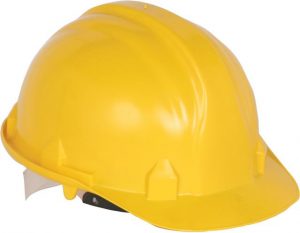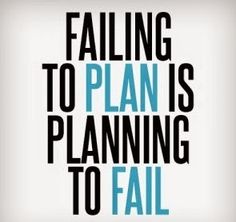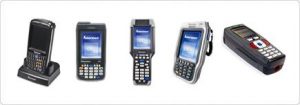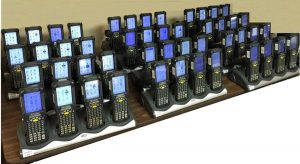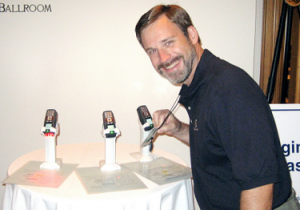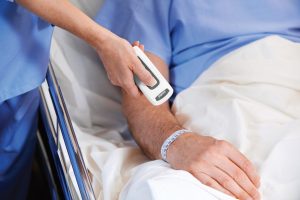Whereas only recently RFID technology was considered a high-tech novelty, something that was more suitable for a futuristic science fiction movie than it was for a small or mid-sized business, more and more companies of all sizes are incorporating RFID technology into their businesses operations. Despite how common the technology has become, many business owners are still reluctant to use RFID. For some, this may be because being slow adopters of new fads and trends is part of the reason they’ve been so successful in business in the first place. For these people and others, the potential applications of RFID may not have been simply and clearly articulated to them. Generally, business owners with a track record of success possess the foresight and creativity to see how a technology can be applied to bring a benefit to their business. While RFID can certainly be understood at a highly complex, technical level, a broad overview of how others are using the technology can be a helpful starting point in understanding it. Here is a look at some uses businesses are finding for RFID technology.
Asset-Tracking
Nearly all businesses that sell a product—and many that provide services involving equipment—have an interest in keeping track of the physical objects that make their business go. From products and equipment to assets, people, documents and anything else vitally important to a business, leaders need to effectively manage and monitor these items. RFID tags associated with individual company assets can provide an efficient, automatic way of asset tracking. Having a running, accurate assessment of assets is about more than just keeping track; it provides businesses with the flexibility to make quick, smart decisions going forward.
Traceability
RFID also allows businesses to more easily trace an item as it goes through the supply chain or goes through any sort of internal business process. By tracking a product’s movement through the supply chain, businesses are able to better maintain quality control throughout each individual stage of the process and more easily identify strengths and weaknesses.
Inventory Visibility

In the current hyper-competitive retail environment, it is more important than ever before for retailers to maintain inventory visibility at several different levels. RFID tags allow retailers to access up-to-date information about how much of an item is in stock, where it is displayed and how it is priced. The more accurate these totals are, the easier it is for retailers to analyze, compare and adjust these factors as necessary to improve sales. Many of the companies using RFID labels for inventory purposes also utilize barcode inventory rentals that allow them to rent the software and hardware necessary for optimum functioning of their inventory system.
Manufacturing
As the aforementioned section on traceability indicates, it is important to monitor each stage of a business process. This is perhaps most obviously seen in the manufacturing process. By assigning RFID tags and labels to parts, manufacturing plants—including automobile manufacturing plants—are better able to assess the strengths and weaknesses of their operations. Implementing barcode software solutions that are customized to a specific business can do all this and more, even perform attendance tracking, inspections, and label printing.

